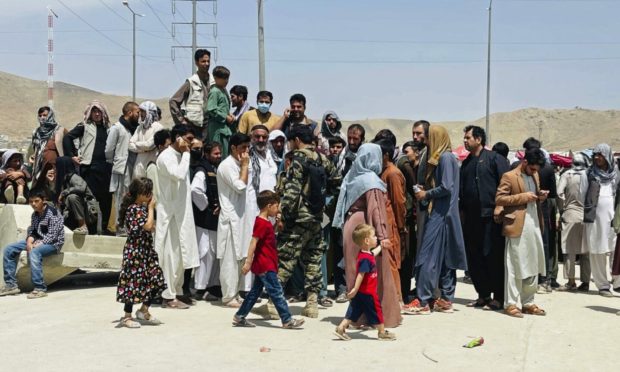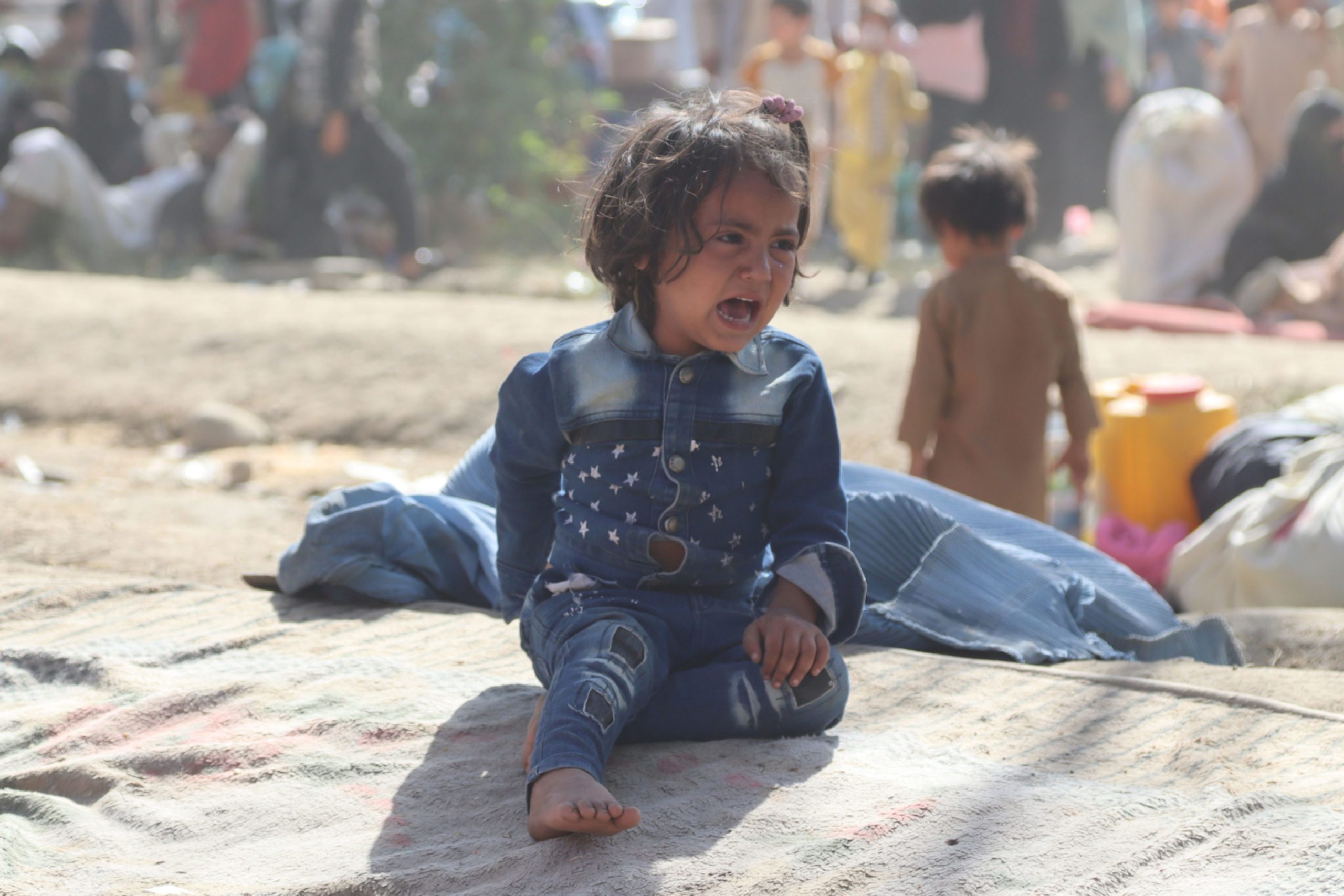Everyone was shocked by the scenes from Kabul airport in the past days.
Like a nightmare out of an action movie, hundreds of people clamouring to get onto evacuating planes was reminiscent of the American withdrawal from their embassy in Saigon, except with less control.
On my first day back in the office, I picked up four books, searching for deeper understanding of this complex set of events: George W Bush’s Decision Points autobiography, the 9/11 Commission Report, Henry Kissinger’s works and Doris Kearns Goodwin’s review of Lincoln’s leadership in Team of Rivals.
The 9/11 Commission Report has two striking final chapters: “What to do? A Global Strategy” and “How to do it? A Different Way of Organising the Government”. As well as counterterrorism and immigration policies, these sections also lay out how to “engage in the struggle for ideas” and create “an agenda of opportunity”.
I compared this to Bush’s chapter on Afghanistan. He closes it with a simple message: “Ultimately, the only way the Taliban and al Qaeda can retake Afghanistan is if America abandons the country.
Bush talks of the chaos after the Cold War abandonment of Afghanistan, saying: ‘To forget that would be a dreadful mistake’
“Allowing the extremists to reclaim power would force Afghan women back into subservience, remove girls from school, and betray all the gains of the past nine [now almost 20] years. It would also endanger our security.”
Bush talks of the chaos after the Cold War abandonment of Afghanistan, saying: “To forget that would be a dreadful mistake”.
Ending a war is complex
The former US president’s work strikes a cold reality when we reflect on events of the past days. However, his opening of the chapter needs closer consideration. Bush talks of being in the Treaty Room of the White House on Sunday October 7, 2000, when he announced that strikes against al Qaeda training camps and installations had begun.
According to his preamble, it was the room where President McKinley signed the treaty ending the Spanish-American War, where the cabinet of President Ulysses S Grant met.
Opposite the desk that hosted those historic events was an oil painting – The Peacemakers. It portrays President Lincoln aboard the River Queen with Ulysses Grant, General William Tecumseh Sherman and Rear Admiral David Porter towards the end of the American Civil War.
Starting wars is easy. Ending them is more complex.
Enforcement, engineering and education
To preserve the peace of the world at times needs strategic force and, sadly, armed action. However, to maintain it in the long run requires three interlinked elements and an overarching theme.
Too often, senior leaders make a mess of their responsibilities and are not adequately taken back to see the chaos they have created in people’s lives
My work supporting education systems in post-conflict nations and those at risk of deteriorating into conflict exposed me to the importance of all three elements working synchronously: enforcement, engineering and education.
Enforcement is needed both in terms of an actual army – a reliable security or police service – and their ability to implement “the rule of law”, especially as recognised by the international community.
Engineering is often needed to repair the damage of conflict, but also to provide economic potential and hope with infrastructure for improvement.
Education is needed to support that economy with skills and aspirations, but also to give broad global perspectives. A multi-perspective education counters narrow, parochial, nationalist narratives that many post-conflict education systems can slip into.
Underpinning all of this is “ethos” – the culture and character of a people. Only with those in place can a peaceful transition handover occur and there be reassurance that capacity building efforts will sustain in the long run.
Peace needs to be worked for
Afghanis are being abandoned by alleged peacemakers just now. Too often, senior leaders make a mess of their responsibilities and are not adequately taken back to see the chaos they have created in people’s lives.
They need their hands dipped in the blood both rhetorically (which they are anyway) but also directly.
Biden was not responsible for Afghanistan, but he is now responsible for a humanitarian crisis
Many have pondered: “Would this have happened under Trump?” It is possible the withdrawal might not have happened in this way and the vacuum might not have been filled so readily, given the uncertainty about Trump’s actions. Leaders do not gain power by “pressing nuke” all the time but by “speaking softly and carrying a big stick”.
Roosevelt’s diplomatic ideology blended both action with diplomacy, including intelligent forethought before crises occurred. Biden was not responsible for Afghanistan, but he is now responsible for a humanitarian crisis. He followed through on his commitment to get Americans out. However, did he fully deploy nuanced leadership to do the right thing and ensure longer term stability?
The lesson now clearly learned this week is that peace needs to be worked for. It comes about not by evacuation and evasion, not by enforcement, but by a combination of three pillars and an overarching quality of ethos.
The ethos of this week does not feel right, and the consequences of it will be felt for some time.
Neil McLennan is Director of Leadership Studies at the University of Aberdeen’s Centre for Global Security and Governance



